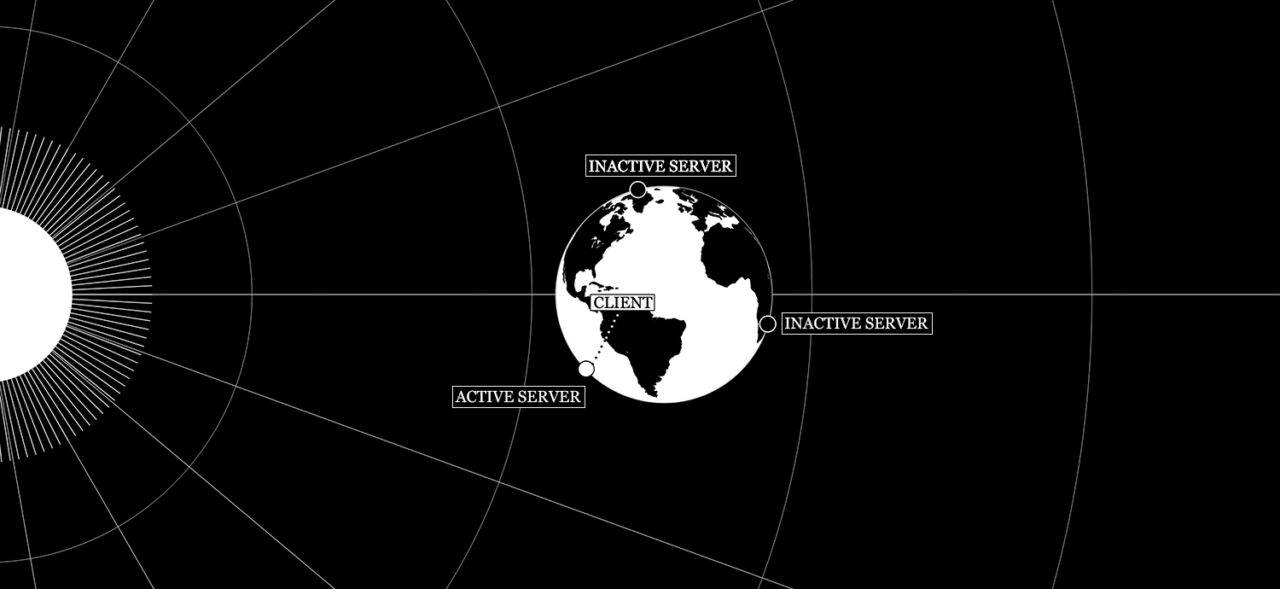About Collaborators
Tega Brain, she/her
Tega Brain is an Australian-born digital artist and environmental engineer whose work examines issues of ecology, data, automation, and infrastructure. She has created digital networks that are controlled by environmental phenomena, systems for obfuscating personal data, and a wildly popular, online smell-based dating service. Her work has been commissioned and exhibited by museums and galleries worldwide. She is a 2023 Creative Capital awardee, an Industry Associate Professor of Integrated design and Media, New York University, and her first book, Code as Creative Medium, is coauthored with Golan Levin and published with MIT Press
Alex Nathanson, he/him
Alex Nathanson is a multimedia artist, engineer, and educator. His work is primarily focused on exploring both the experimental and practical applications of sustainable energy technologies, particularly photovoltaic solar power. His work has been featured at Issue Project Room (NYC), the Museum of the Moving Image (NYC), Anthology Film Archives (NYC), Film Society of Lincoln Center (NYC), Dome of Visions (Copenhagen, Denmark), and the Art Prospect Festival (St. Petersburg, Russia). He was one of the long-term artists in residence at Flux Factory, in Queens, NY from 2012 to 2016, and his multi-media performance group Fan Letters was awarded residencies at The Watermill Center in 2017 and 2019. As a solar power designer, he has created interactive and educational projects for The Climate Museum, Solar One, and the NYC Department of Education, among others. He received a M.S. in Integrated Digital Media from NYU Tandon School of Engineering in 2019. Currently, he is an Adjunct Professor at NYU Tandon and is the author of a A History of Solar Power Art and Design, published by Routledge.
Benedetta Piantella, she/her
Benedetta Piantella is a designer turned humanitarian technologist. She has been involved in international development for the past ten years, ever since her experience of surviving the Tsunami in 2004. She has also been teaching for the past decade in different disciplines and age groups, from Lego Robotics to K-12 students to HCI, Physical Computing and Engineering for Development to graduate students at NYU. She founded two R&D companies focused on producing sustainable solutions to social problems worldwide and built partnerships with organizations such as the UN, UNICEF, The Earth Institute, Universities such as NYU, Columbia University and Princeton, and multiple NGOs. Her design research and practice focus on applying systems thinking and user-driven development to insure equitable access to life-sustaining resources, often through networks, data-collection and real-time monitoring, and distributed infrastructure.
